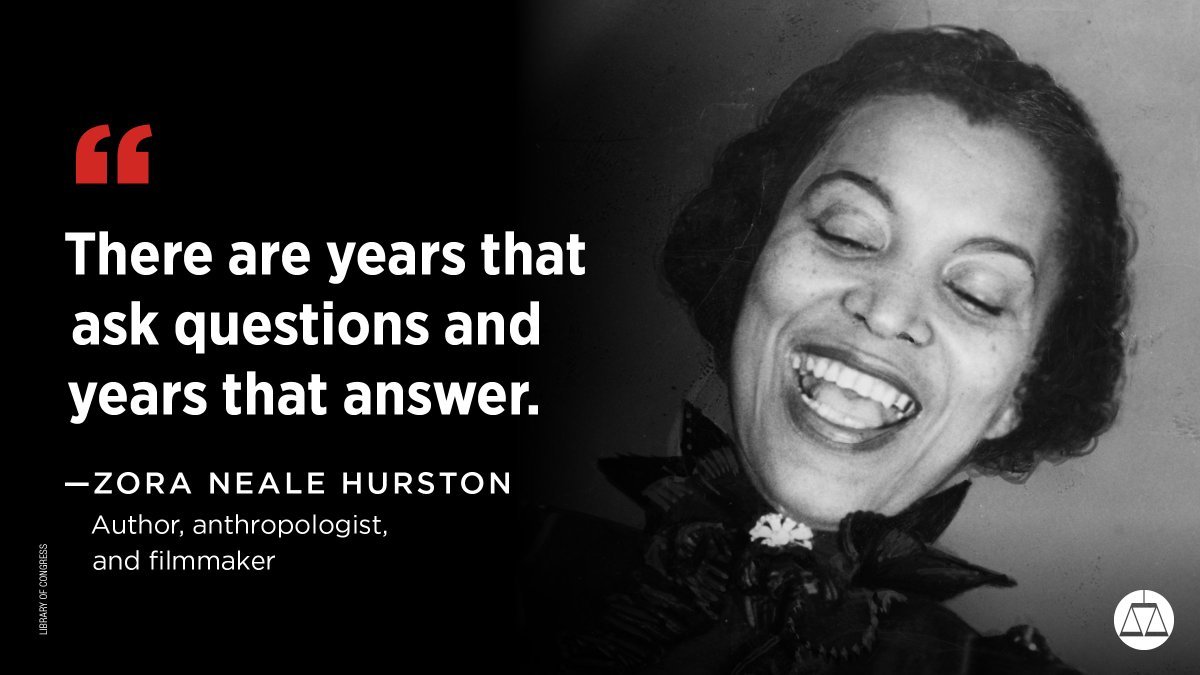Sublime
An inspiration engine for ideas
“I had much rather starve in England, a free woman than be a slave for the best man that ever breathed upon the American continent.”
James H. Cone • God of the Oppressed

Zora Neale Hurston was born #OTD in 1891 in Notasulga, Alabama.
She was a pivotal voice in the Harlem Renaissance, refusing to let Black women be written out of the story. She went unrecognized by the establishment for decades as one of our greatest writers.
#TheMarchContinues... See more
Princeton University’s first graduate student, future president James Madison, brought one slave with him to campus and another to the Constitutional Convention in Philadelphia. The latter he had to free: all that talk of liberty had ruined him, a poison to the rest of the plantation. He took the former home with him.
Imani Perry • South to America: A Journey Below the Mason-Dixon to Understand the Soul of a Nation
Joe Glaser,”
James McBride • The Heaven & Earth Grocery Store: A Novel
Louis Jordan.
James McBride • The Heaven & Earth Grocery Store: A Novel
Mary Jane Clairmont Godwin
knarf.english.upenn.eduthe Honorable Elijah Mohammed's book,
Phillip Scott • 7 Steps To Decolonize The Mind
mbeles